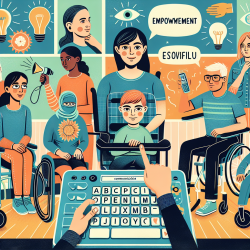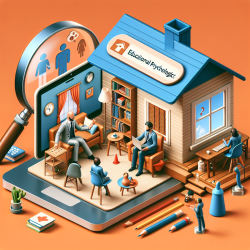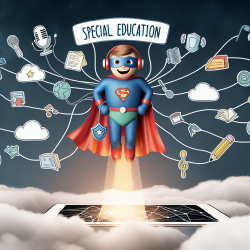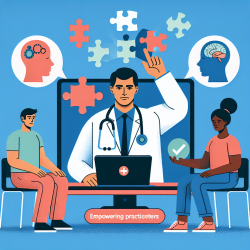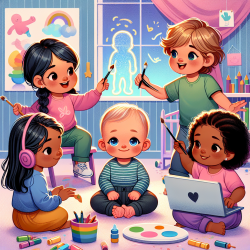Augmentative and Alternative Communication (AAC) systems offer transformative potential for individuals with severe disabilities, empowering them to express themselves, participate in educational activities, and connect with the world around them. Implementing AAC effectively, however, requires a nuanced understanding of both the technology and the strategies that can facilitate meaningful communication. Drawing insights from "Implementing Augmentative and Alternative Communication: Strategies for Learners with Severe Disabilities," this blog post aims to guide practitioners in enhancing their AAC implementation skills and encourages further exploration into this critical area of special education.
Understanding AAC and Its Impact
AAC encompasses a wide range of communication methods used to supplement or replace speech or writing for those with impairments in the production or comprehension of spoken or written language. From low-tech options like picture boards to high-tech devices that generate speech, AAC systems can be tailored to meet the individual needs of learners with severe disabilities. The benefits of AAC are profound, including improved social interactions, enhanced learning opportunities, and increased autonomy.
Key Strategies for Successful AAC Implementation
- Assessment and Customization: Begin with a comprehensive assessment of the learner's communication needs, preferences, and abilities. This foundational step ensures that the selected AAC system aligns with the individual's specific requirements and goals.
- Interdisciplinary Collaboration: Implementing AAC is a team effort. Engage an interdisciplinary team including speech-language pathologists, occupational therapists, educators, and family members to support the learner in a holistic manner.
- Integration into Daily Activities: Integrate AAC use into all daily activities and routines. Consistent use across contexts promotes mastery and makes communication a natural part of the learner's day.
- Training and Support: Provide ongoing training for both the learner and their communication partners. Educating family members, peers, and educators about how to use and support AAC use is crucial for fostering an inclusive communication environment.
- Patience and Persistence: Progress with AAC may be gradual. Celebrate small successes and remain patient and persistent. Continuous evaluation and adjustment of strategies will help overcome challenges and facilitate growth.
Encouraging Exploration and Further Research
The field of AAC is dynamic, with ongoing research shedding light on new technologies, strategies, and outcomes. Practitioners should stay informed about the latest developments through professional development opportunities, such as conferences, webinars, and publications. Engaging with the broader AAC community through networking can also provide valuable insights and support.
Case Studies and Practical Applications
Real-world examples illustrate the transformative impact of AAC. For instance, a learner who was previously unable to participate in classroom discussions can share their thoughts using a speech-generating device, significantly enhancing their educational experience and social interactions. Another example is a learner using a picture exchange system to express their needs and preferences, thereby reducing frustration and improving relationships with caregivers and peers.
Conclusion
Implementing AAC for learners with severe disabilities is a complex but profoundly rewarding endeavor. By embracing a thoughtful, research-informed approach, practitioners can unlock the communicative potential of these individuals, enabling them to express themselves, engage with their education, and connect with others in meaningful ways. As the field continues to evolve, the commitment to ongoing learning and collaboration among professionals, families, and learners themselves will remain key to success.
To explore the detailed strategies and insights provided in the original research on AAC implementation, please follow this link: Implementing Augmentative and Alternative Communication: Strategies for Learners with Severe Disabilities.
